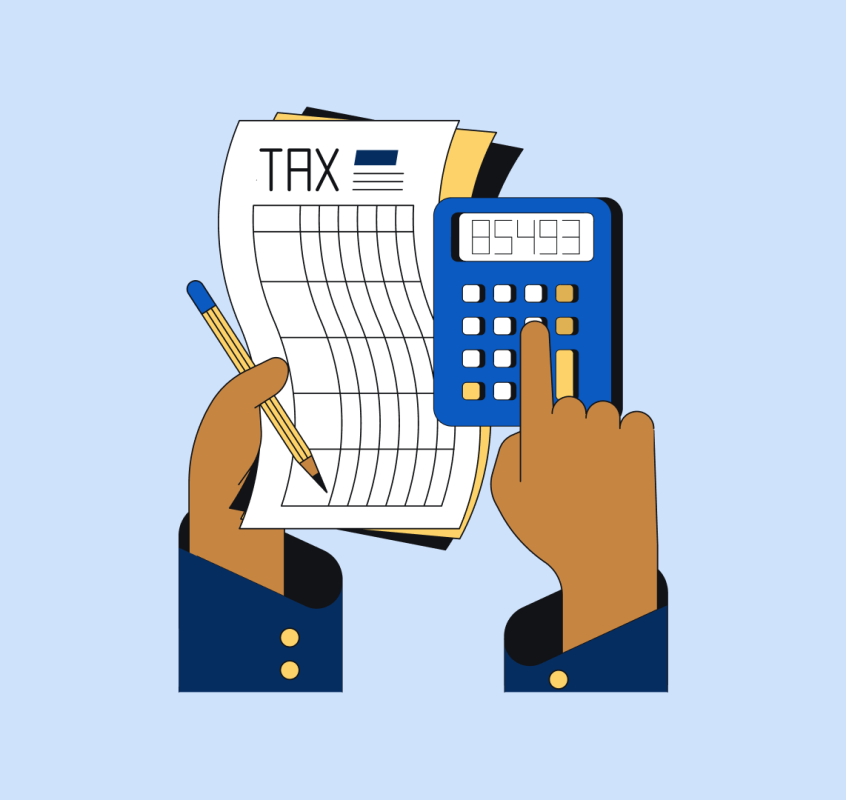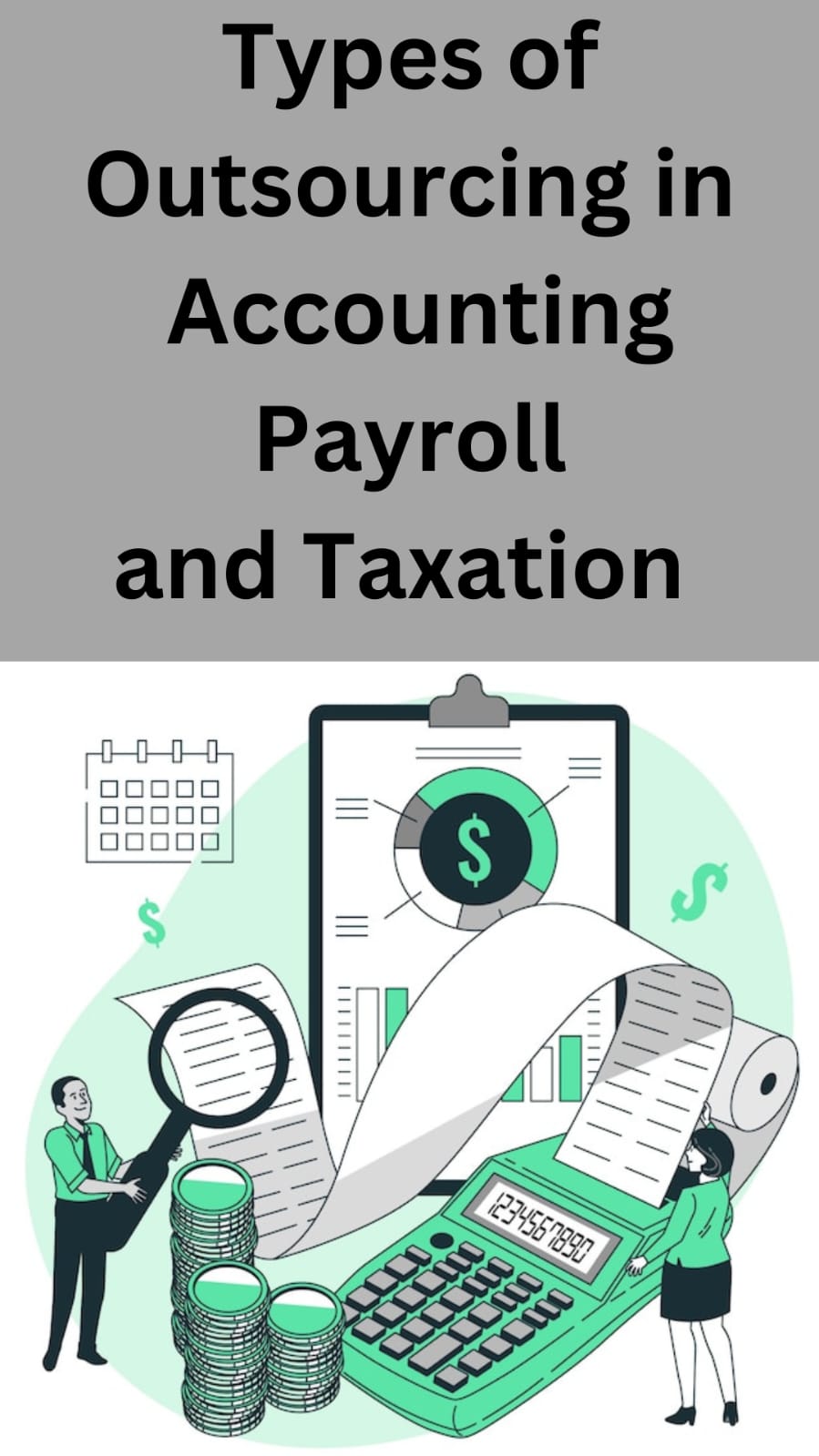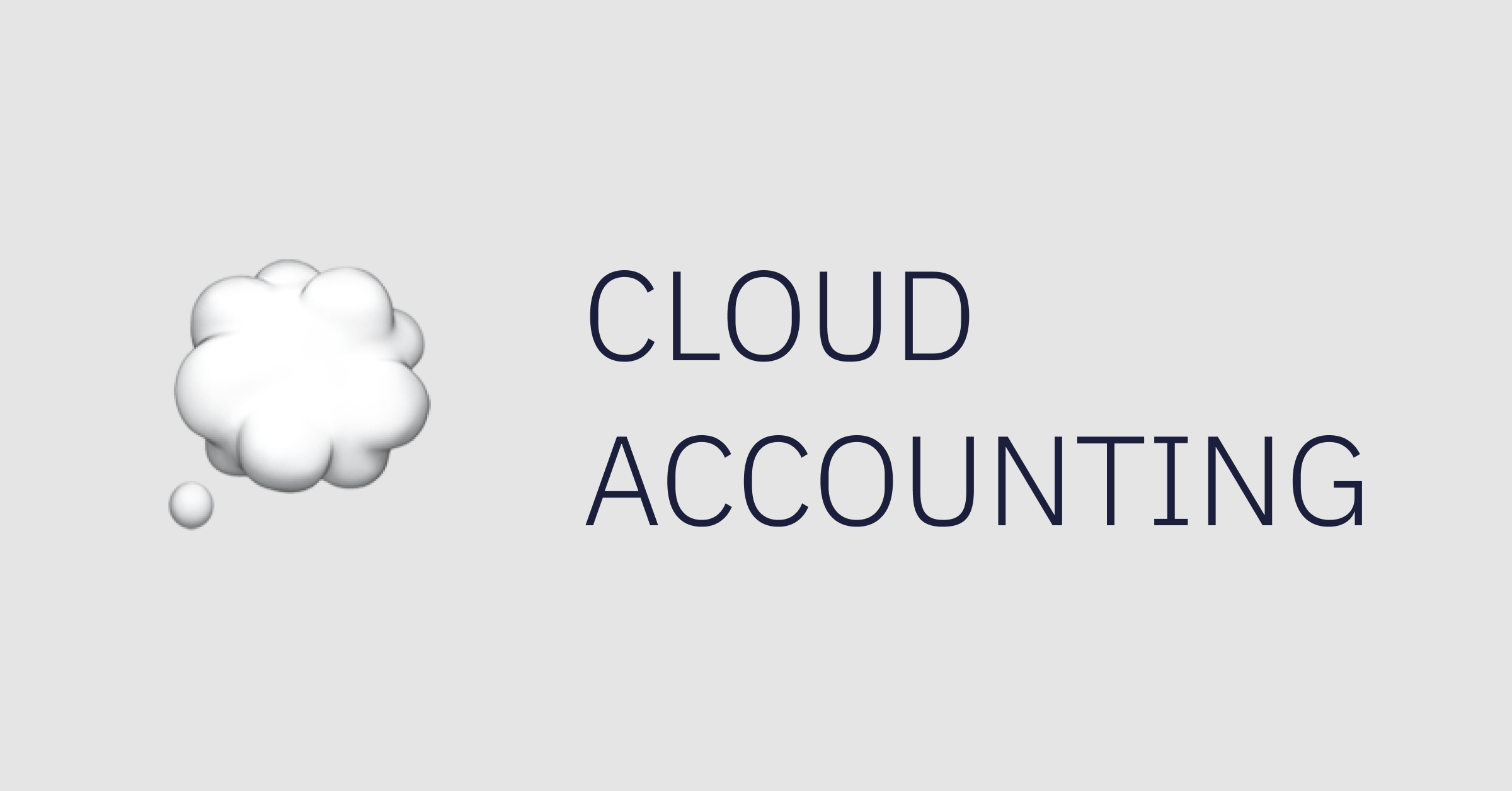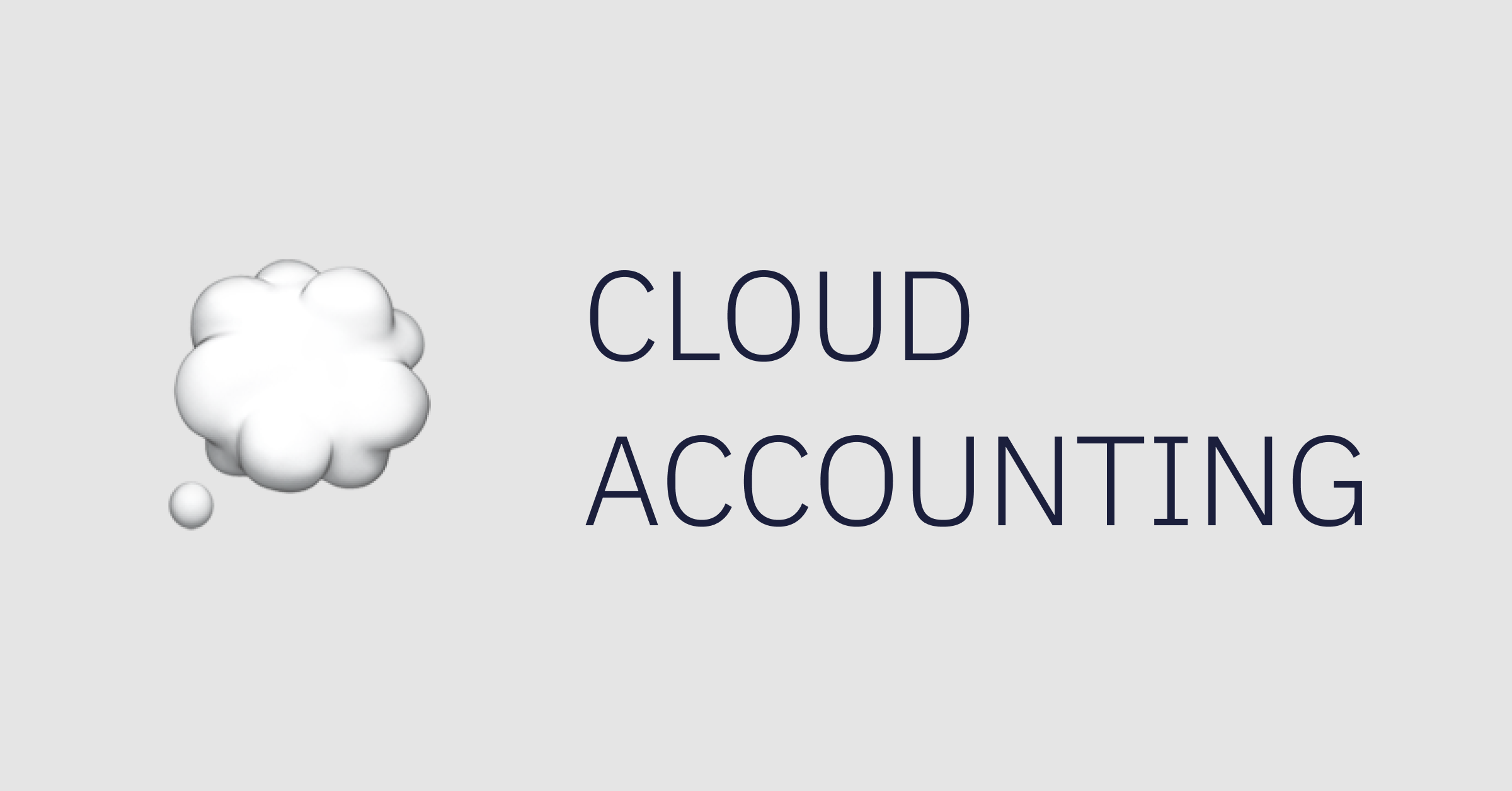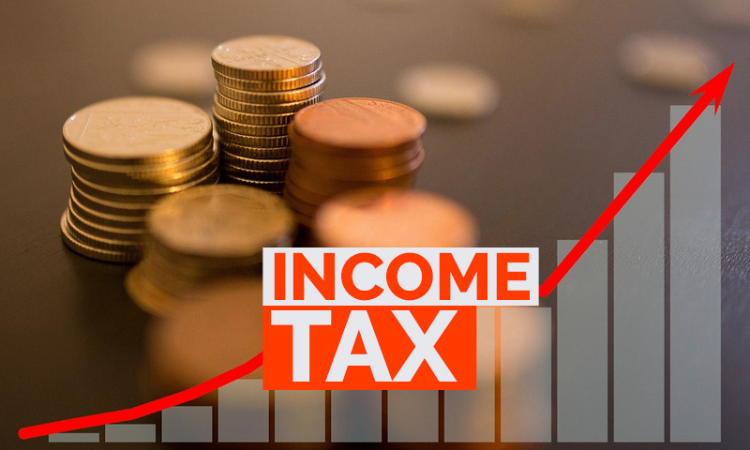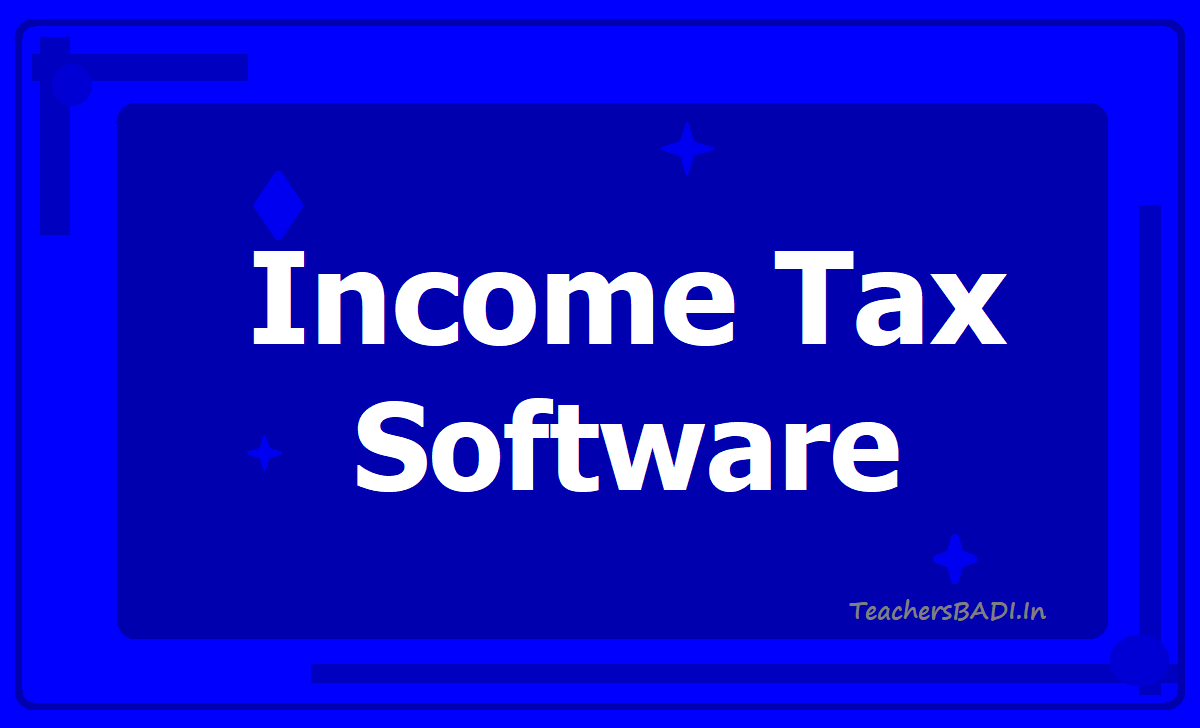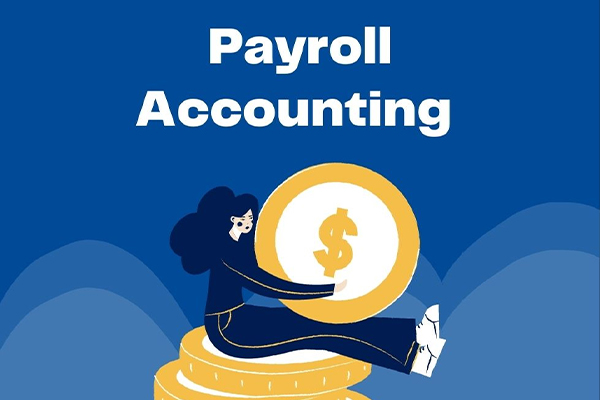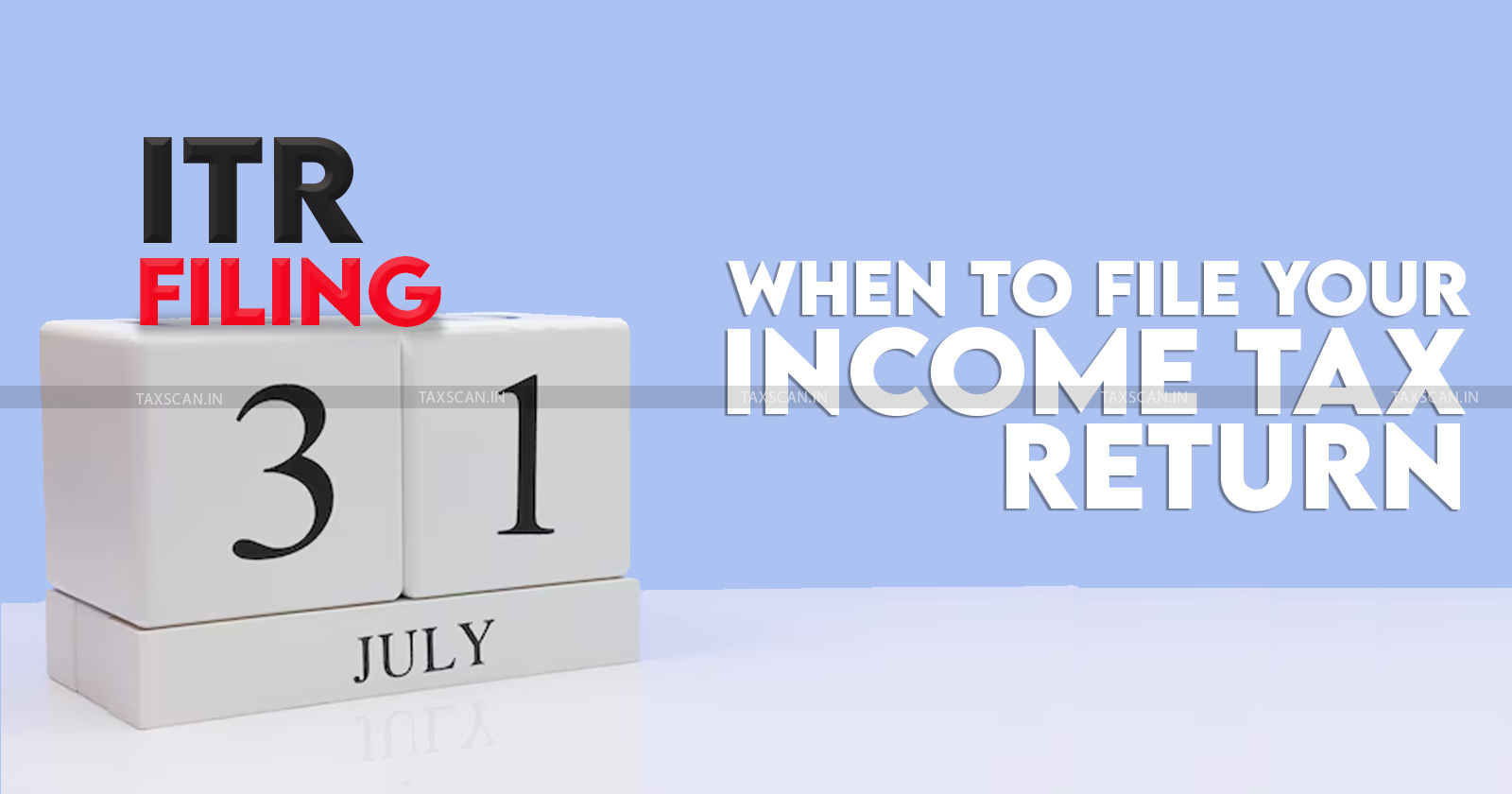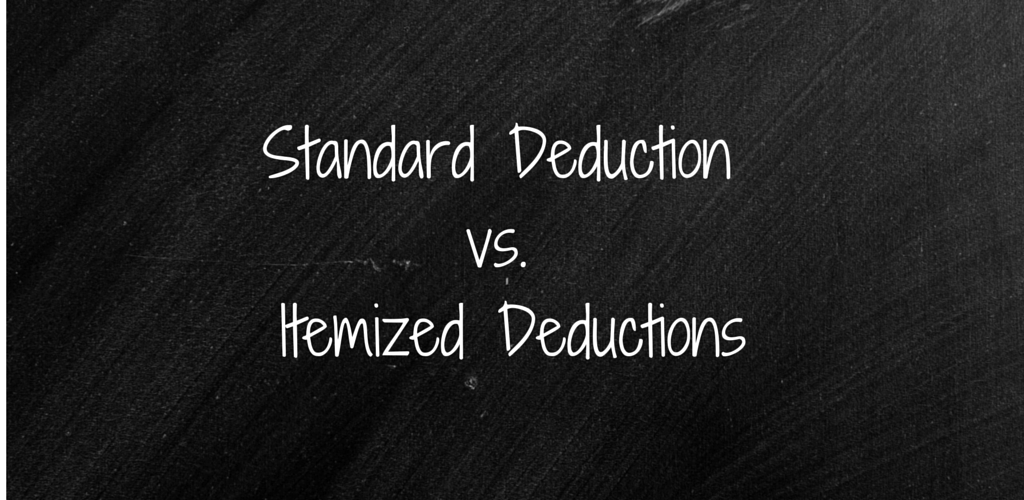Schedule J from filling IRS From 1040


Purpose of Schedule J
The primary purpose of Schedule J is to allow farmers and fishermen to average their taxable income over three years. This is particularly beneficial for individuals in these professions as their income can fluctuate significantly from year to year due to factors like weather conditions and market prices. By averaging their income, they can potentially reduce their tax burden in years when their income is higher than usual.
Who Can Use Schedule J?
Schedule J can be used by individuals, estates, and trusts that meet the following criteria:
1.Farmers: Those who earn at least two-thirds of their gross income from farming.
2.Fishermen: Those who earn at least two-thirds of their gross income from fishing.
It is important to note that the income must be from a trade or business, not from investments or other sources.
Benefits of Using Schedule J
The primary benefit of using Schedule J is the potential reduction in overall tax liability. By averaging income over three years, farmers and fishermen can avoid being pushed into a higher tax bracket in years when their income is unusually high. This can result in significant tax savings. Additionally, income averaging can provide more consistent and predictable tax payments, which can be particularly beneficial for financial planning and budgeting.
Example
John is a farmer who experienced a particularly profitable year in 2023, earning $200,000 in net farm income. Over the past three years (2020, 2021, and 2022), his net farm income was $50,000, $60,000, and $55,000 respectively. John decides to use Schedule J to average his income over these years to potentially lower his overall tax liability.
Step-by-Step Process:
1.Calculate Current Year’s Income: John’s 2023 net farm income is $200,000.
2.Average Income Over Past Years: Add the previous three years' income:
3.Divide by Three: To find the average income over these three years:
4.Combine with Current Year’s Average: Add this average to the current year's income to distribute it evenly:
5.Allocate to Each Year: Spread the combined income equally over the four years (2020-2023):
6.Report on Schedule J: John reports $63,750 for each of the four years on Schedule J, reducing his taxable income spikes.
Result: By averaging, John smooths out his income, potentially reducing his tax burden compared to reporting the full $200,000 in one year.
